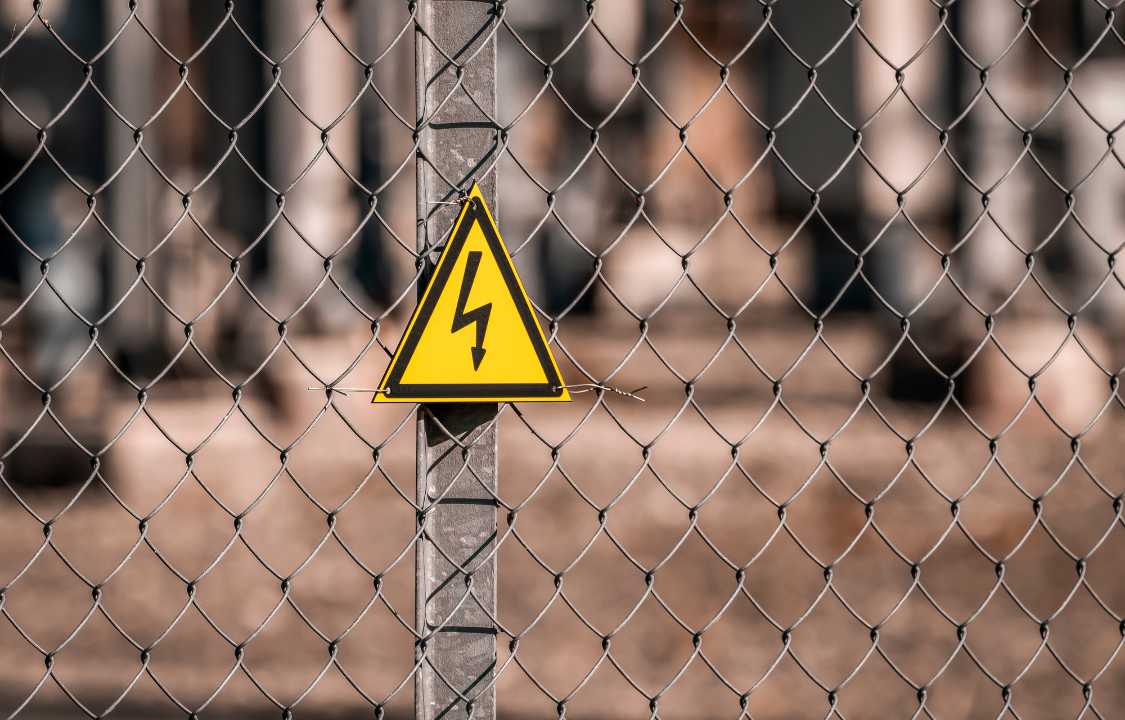Health Care, Insight
8 Safety Hazards You May Not Know About
In our daily lives, we often encounter well-known safety and health risks, yet there exist lesser-known hazards that can pose threats to our well-being if not addressed adequately. Understanding these often-overlooked dangers and learning how to protect ourselves from them is essential for ensuring our safety. In this comprehensive guide, we’ll explore eight potential safety hazards that you may not be aware of and provide valuable insights on how to mitigate these risks effectively.
1. Laced Weed
The increasing popularity of cannabis has raised concerns about the possibility of it being “laced” with other substances like PCP or cocaine. Laced marijuana can lead to unexpected side effects and adverse reactions, making it crucial to exercise caution when consuming cannabis products. To safeguard your well-being, consider the following precautions:
- Inquire about the source of the cannabis from your supplier to ensure its purity and safety.
- Be vigilant for signs of laced marijuana, which may include extreme and intensified reactions, confusion, dizziness, paranoia, and distorted sensory perceptions.
- Seek medical attention if you suspect you have consumed laced marijuana to address potential health risks.
2. UV Radiation Exposure
Exposure to ultraviolet (UV) radiation from the sun can result in both short-term and long-term health damage. Recognizing the immediate signs of UV radiation exposure is essential for assessing potential harm and adjusting your behavior accordingly. These signs may include:
- Redness, swelling, and pain in areas exposed to UV radiation.
- Skin rashes that appear soon after exposure.
- Immediate discomfort when touching affected areas.
Additionally, prolonged UV radiation exposure can lead to more severe health issues, such as skin cancer, eye damage, and premature aging. Protect yourself by wearing sunscreen, sunglasses, and protective clothing when spending time outdoors, especially around reflective surfaces like water and snow.
3. Asbestos
Asbestos, a dangerous mineral known for its fire-resistant properties, was extensively used in building materials before 1980. However, when these materials deteriorate, they release tiny asbestos fibers into the air, which can be easily inhaled. Asbestos exposure has been linked to severe respiratory illnesses, including mesothelioma, lung cancer, and asbestosis. To protect yourself from asbestos hazards:
- Take precautions when working with materials that may contain asbestos, such as insulation, paint, and cement.
- Consult a healthcare professional if you suspect exposure to asbestos, as symptoms may only manifest years later.
4. Carbon Monoxide Poisoning
Carbon monoxide (CO) is an odorless gas that can accumulate in enclosed spaces when released from faulty appliances. Immediate symptoms of carbon monoxide poisoning include headaches, dizziness, nausea, confusion, breathing difficulties, and blue lips. To prevent CO poisoning:
- Ensure that your appliances are regularly serviced and maintained.
- Only use gas-powered devices indoors with proper ventilation.
- Install carbon monoxide detectors in your home to alert you to elevated CO levels.
5. Lead Poisoning
Older buildings may still contain lead in paint, soil, and drinking water sources, posing a risk to health, particularly for young children. Even low levels of lead exposure can cause harm to a child’s development. Be vigilant for signs of lead poisoning, such as fatigue, abdominal pain, and headache.
6. Radon Gas
Radon is a naturally occurring radioactive gas that can become trapped in poorly ventilated homes, leading to increased lung cancer risk. To protect yourself from radon gas:
- Test your home for radon levels and take remedial action if necessary.
- Be aware of warning signs such as a persistent cough, shortness of breath, chest pain, and chronic fatigue.
7. Pesticides
Pesticides contain hazardous chemicals that can lead to serious health issues if ingested or absorbed through the skin. To protect yourself from pesticide hazards:
- Read pesticide labels before use and consider natural alternatives whenever possible.
- Wear protective clothing when using pesticides indoors to avoid skin contact.
- Be alert for symptoms of pesticide poisoning, such as nausea, headaches, and dizziness.
8. Ergonomic Hazards
Inadequate posture, repetitive motions, and extended sitting can lead to physical discomfort and long-term health issues such as carpal tunnel syndrome. To mitigate ergonomic hazards:
- Take frequent breaks and adjust your workstation for comfort.
- Maintain proper body alignment during repetitive tasks to reduce the risk of physical strain and discomfort.
Conclusion
In the realm of safety concerns, it’s important to acknowledge that not all potential hazards enjoy the same level of awareness and attention. These eight lesser-known safety hazards, while not always in the public spotlight, should not be dismissed, as their consequences can be equally impactful. Therefore, it is paramount for individuals to remain well-informed about these latent risks and to adopt proactive measures to safeguard their health and overall well-being.
In the quest for a safer and healthier life, it is incumbent upon each of us to maintain a vigilant watch over our surroundings, continually monitoring the environment for any potential hazards that may arise. Equally crucial is staying abreast of emerging health risks and the latest insights on these lesser-known hazards, as knowledge is the first line of defense in avoiding their detrimental effects. Additionally, the adoption of safe habits and the implementation of appropriate precautions when dealing with potentially hazardous materials or situations are fundamental to maintaining a robust level of personal safety and security.
Furthermore, it is imperative to recognize the broader societal impact of these safety measures. By being mindful of these lesser-known safety hazards and taking the necessary precautions, we not only protect ourselves but also play a pivotal role in ensuring the safety of those around us. This collective effort contributes to the establishment of a safer and healthier community, thereby enhancing the well-being and security of all its members. It is a shared responsibility to cultivate a culture of safety and well-being that extends beyond the individual, ultimately fostering a more secure and prosperous environment for everyone.

